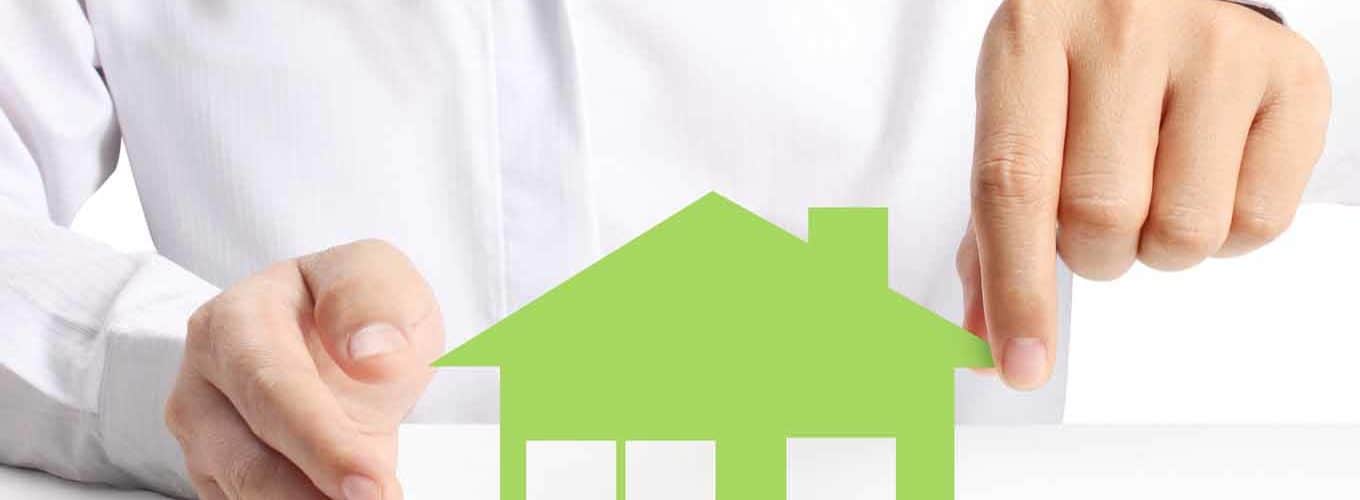Despite falling home prices across the country, homeownership is still widely considered vital in building long term wealth. With interest rates at all time lows and housing prices well below 2006 values, now might be the best time to buy a home. Unfortunately, getting the best rates and obtaining a loan through a lender often requires a sizable down payment and a high credit score. While bad credit mortgages are still available, they are much more expensive and difficult to come buy. This article discusses costs of getting a mortgage with poor credit and steps that can be taken to ensure approval.
The first cost of a low credit score mortgage is an increased interest rate. Often times, a person with bad credit will be given a mortgage interest rate of 200 basis points higher than that of a person with good credit. This increase can have a sizable impact on overall payment. For a 30 year $200,000 mortgage, the difference between a 5% interest rate mortgage and a 7% interest rate mortgage is almost $250 per month. This equates to an additional $3,000 per year or $90,000 over the course of the mortgage.
A person applying for a mortgage with poor credit will also have to pay more in origination fees. Most people with good credit end up having to pay closing costs and fees of around 1% of the mortgage value, or $2,000 on a $200,000 mortgage. Individuals with poor credit often have to pay two or three times that amount to offset the lenders risk of origination a bad credit home loan. If the individual wants to buy points to pay down the interest rate, then their origination fees could be even more.
While people applying for a bad credit home mortgage will have to pay a sizable amount more over the course of the mortgage, they are still not guaranteed approval of the loan. Luckily, there are steps which can be taken to help ensure approval and even get a lower interest rate. The first thing a person with poor credit can do to be approved for a poor credit mortgage is put down a larger down payment. Most lending institutions require at least a 10% down payment to receive the best rates, but to get the best rates possible a person with bad credit will need to put down more. A down payment of 25% will usually help the bad credit loan applicant receive a more favorable rate.
If a 25% down payment is not possible another way of getting a lower cost bad credit refinance mortgage is to purchase a cheaper home. Mortgage lenders normally want their borrowers to have a housing debt to income percentage of less than 33%. This is calculated as the borrowers total housing costs divided by their monthly gross income. For individuals with bad credit to be approved for a mortgage, they will often need to have a debt to income percentage of less than 25%. Since their income can’t improve instantly, the only way to lower this number is to purchase a cheaper home.
If it is available, the easiest way for a person with bad credit to get a mortgage is to have a co-signor sign the mortgage documents. In the lenders eyes, a financially viable co-signor provides plenty of security and the person with bad credit will be given a much lower cost mortgage. Finding a co-signor could be difficult as the lender will want to ensure the co-signor could make the payments in the event the bad credit borrower defaults on the mortgage.
In conclusion, obtaining a bad credit lender mortgage can be difficult and if approval is granted, it often comes with much higher costs than a good credit mortgage. To increase their chance of mortgage approval or even get a lower rate, the individual with bad credit can put forth a larger down payment, buy a cheaper home, or get a co-signor to sing the mortgage documents.
Related Posts
- How to Remortgage Your House?
- Homeowner Loans
- How to Finance a New Home?
- How to Get a Good Mortgage Rate?



